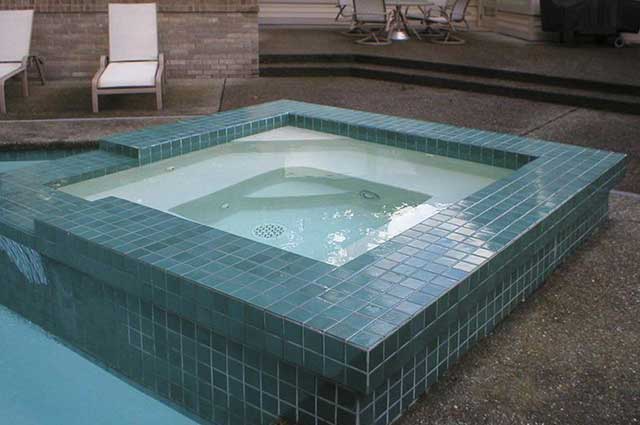You love relaxing with your family in your bubbly hot tub while enjoying the greenery the Pacific Northwest has to offer. But if you want to keep enjoying your hot tub, you need to make sure the water stays clean and safe. This is particularly important in Washington State—the rain and pollen we get can change the water chemistry more frequently.
Here’s what you need to do to maintain good water quality in your spa.
1. Check Alkalinity Every Day
Your water’s alkalinity has a direct effect on its pH. A high pH can cause cloudy water and can leave deposits on your spa surface, while a low pH can corrode your spa’s metal. Both a low and a high pH can irritate your eyes and skin. Thus, checking and adjusting the alkalinity of your water is crucial to protect your water’s health.
An ideal level of alkalinity is between 80 and 120 PPM. If it is below 80, try adding sodium bicarbonate. If it is above 120, try adding sodium bisulfate. Wait a couple of hours before retesting. Achieving the correct alkalinity can be complicated, so seek help from a pool and spa professional.
2. Check Chemical Levels Every Day
You know the importance of maintaining your spa with chlorine or bromine. These chemicals sanitize your pool by killing harmful bacteria and viruses, and the most effective way to disperse these chemicals is through a floater containing tabs that dissolve over time.
Use testing strips to ensure you have a proper level of your chosen chemical. You should have between 1.5 to 3 PPM chlorine, or between 3 and 5 PPM bromine. If you don’t, add or subtract the necessary amount to achieve a safe level.
3. Check the pH Level Every Day
After you’ve adjusted the alkalinity and chemical levels, you should test your pH level. A healthy spa has a pH between 7.2 and 7.8. If your pH is not within this level after you adjusted the alkalinity and chemical levels, add a pH balance product to your spa or call a spa professional.
4. Oxidize the Water Once a Week
If many people have used your spa, they leave behind skin and other waste. You can eliminate this waste through a process called oxidation. One option is to add an ozonator, which uses ozone gas to sanitize and oxidize your spa. Another option is to add potassium monopersulfate (MPS), which eliminates organic contaminants in your spa.
If you use chlorine, you can use an oxidation process called super-chlorination. This involves increasing the chlorine level—it needs to be between 5 and 10 PPM. You’ll need to raise the level even higher if you want to eliminate algae or chlorine compounds.
No one should use your spa during the oxidizing process. If you’ve never oxidized your water before, have a professional do it first. He or she can ensure it’s done safely and effectively.
5. Check Calcium Hardness Level Every Two Weeks
It’s also important to keep tabs on the calcium level in the water. Too much calcium can encourage scales to form in your spa. Too little calcium can damage the metals in your spa.
Calcium levels should be between 250 and 450 PPM for plaster spas and 100 and 250 PPM for acrylic spas. If the level is high, add a spa defender product. If it’s too low, use a calcium booster product.
6. Change Your Water Every Three Months
To ensure your spa’s water stays fresh, you should drain and replace the water about four times a year. Before you drain the water, add a flush product and turn on the jets. The flush product will help clean your spa’s equipment of debris and impurities.
7. Check Total Dissolved Solids Periodically
Total dissolved solids (TDS) is the measure of impurities left after water evaporates. A high TDS level can corrode your spa’s metal parts and leave cloudy water behind. If your spa has a high TDS level, flush and drain your spa. Unclog or change your filter before refilling your spa.
8. Have a Professional Company Test Your Water
There are some aspects of water quality that you can’t test on your own. A professional spa company like KrisCo Aquatech Pools & Spas can let you know exactly what’s in your water. They can detect harmful bacteria and other threats. They can also let you know what you need to do to improve the quality of your water.
Maintaining healthy spa water can be complicated. But all that work pays off when you’re sitting in toasty water, getting massaged by jets of water.
To make sure your spa’s water quality is at its best, schedule water testing and maintenance with KrisCo Aquatech Pools & Spas. We offer free water analysis at our store in Woodinville. We can help you know exactly which chemicals or equipment you need to bring your water to a healthy state. We can also come to your home to help you clean and maintain your spa.


Recent Comments